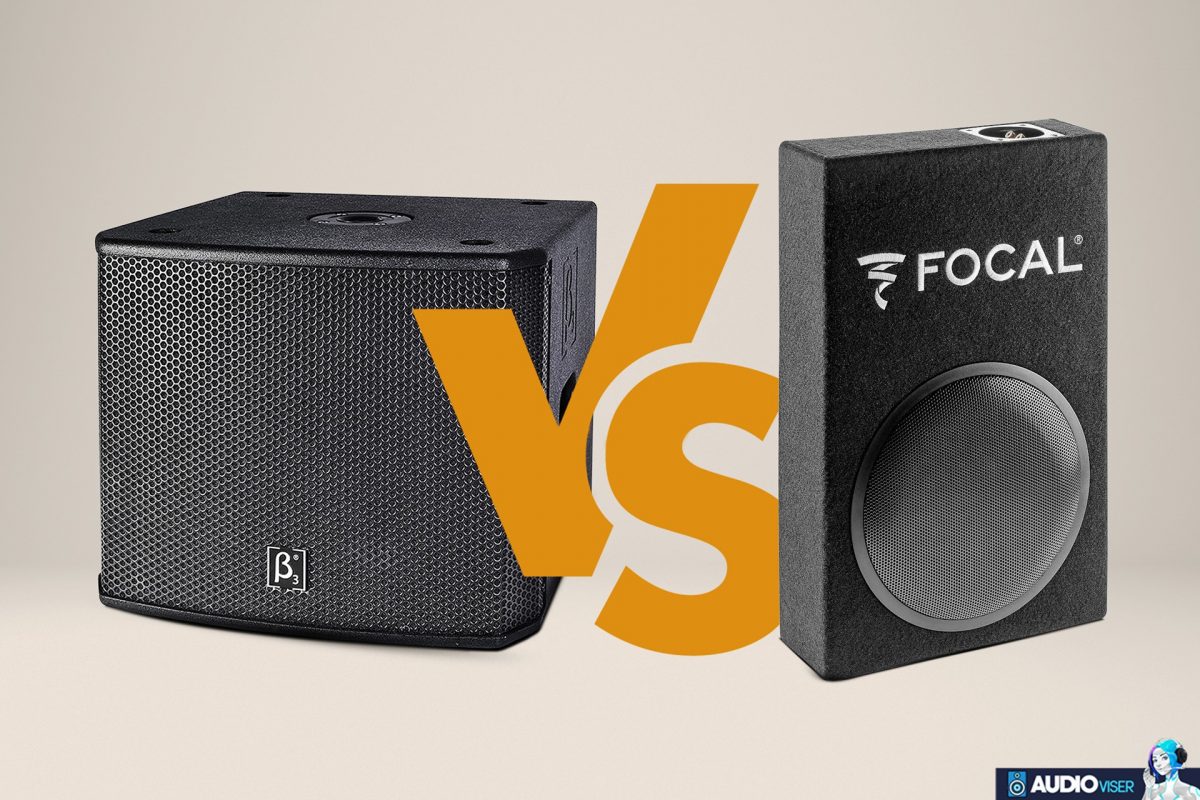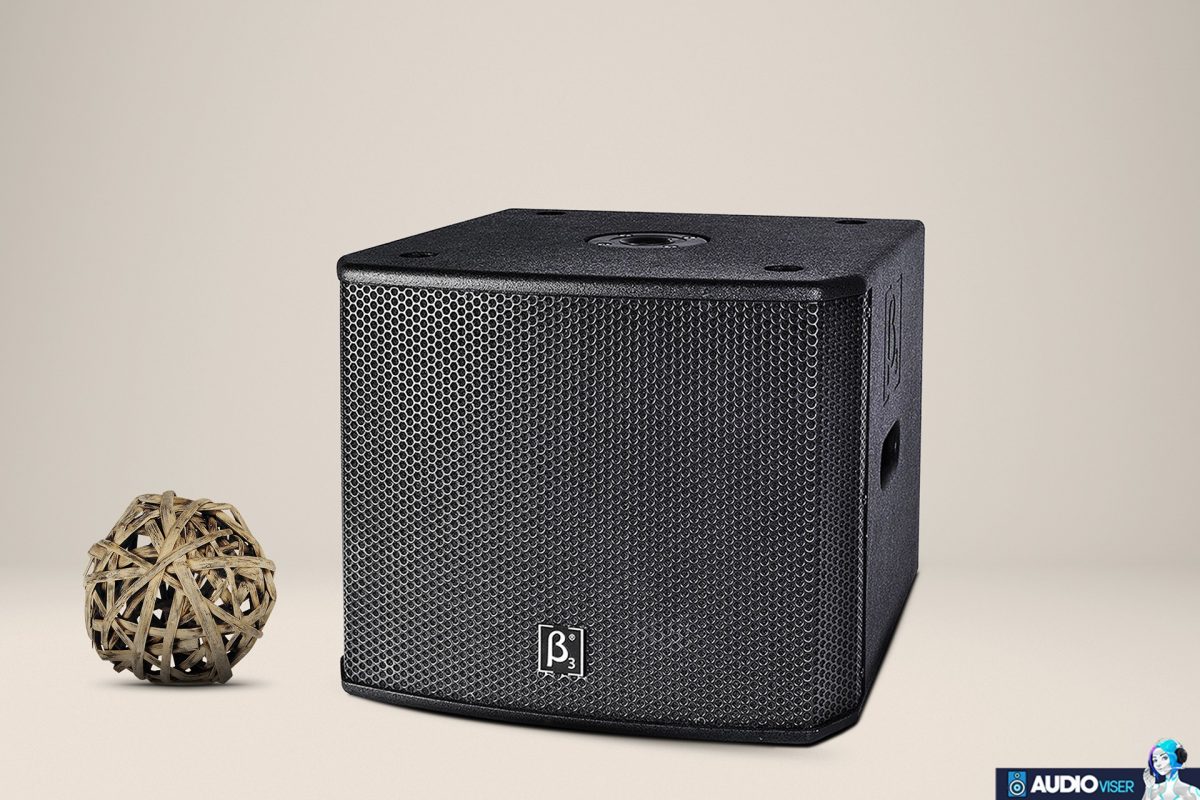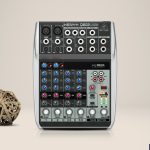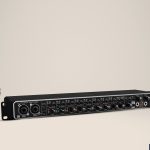
The home theater audio system feels incomplete without a subwoofer. At least you have to get one for two reasons. The first reason is that the sound bar all alone cannot produce a louder three-dimensional surround system, and the second reason is bass production. Subwoofers are audio technology pieces dedicated to producing better bass in music listening and producing punchy and realistic sounds in action scenes.
There are two types of subwoofers and they are slightly different from each other even though the intention and use are the same. Subwoofers can be:
- Active Subwoofer
- Passive Subwoofer
In case you are looking for a subwoofer to complete your home cinema, here I have some for you. You should absolutely check out the Yamaha NW-SW050, Polk Audio PSW10, Sony SACS9, and Klipsch R12SW.
A brief description of the active and passive subwoofers is that a passive subwoofer needs an extra source of power which is where the amplifiers come into place. Likewise, active subwoofers don’t need an amplifier to function, instead, they have a built-in amplifier inside.
What is an Active Subwoofer?

Active subwoofers are also known as powered subwoofers. They come in an optimized way including all the components inside without requiring additional amplifiers. Due to the included amp, active subwoofers go along very well with the speakers.
Active/powered subwoofers are perfect to complete the home cinema audio system because it’s considered an all-in-one solution. Besides, with an active form of a subwoofer, you don’t have to deal with cords and sometimes they come in a wireless way.
Everything that is required, active subwoofers have inside in it and that is the top reason why they are more expensive than passive subwoofers. A typical powered subwoofer consumes more power output which is measured in watts.
Additionally, you need to be careful about the location where you put it if you want to take full advantage of the active subwoofer.
What is a Passive Subwoofer?

By choosing to get a passive subwoofer, an external source of power like an external amplifier is a must in order to function properly. The good news about passive subwoofers is the freedom of choice. That means you decide how much power is enough for you to complete your home cinema system.
The annoying part about passive subwoofers is having too many cables that are hard to manage and the usage is slightly more complicated. It’s not like in active subwoofers where you just have to plug in and start using it.
What I like the most about passive subwoofers is being able to fill larger rooms in a dynamic way. It lets you use many audio units together and spread the bass evenly in each room without worrying about distortion.
Active vs Passive Subwoofer: Which one to Choose?
Doesn’t matter if the subwoofer is active or passive, you can’t tell which one is better. First thing first, you have to look at other features like if it’s built from premium materials, does it have a wide frequency range, sensitivity, impedance, and sometimes even wires play a significant role. I think it’s noteworthy to mention that either amplifier or receiver should correspond to your subwoofer.
Advantages & Disadvantages of Active vs. Passive Subwoofers
Here I’m about to tell you the bright and the dark sides of both active and passive subwoofers so you can decide which one is better.
The Bright Side of Active Subwoofers
- Active subwoofers don’t require extra spending to get an amplifier, the amp is inside the audio device.
- The installation or setting up part is a piece of cake, just plug in and it starts to work.
- The body construction of active subwoofers is way more compact.
- Active subwoofers come in both wired and wireless forms.
- Active subwoofers may be pricier than passive ones, but they are reasonably priced because of the built-in amp.
The Dark Side of Active Subwoofers
- The rear of the active subwoofer is a huge mess but over time, it will become indispensable.
- Active subwoofers tend to consume more output power and some models obligate you to keep the outlet somewhere near.
- The placement of the active subwoofer plays an important role in the sound quality. It requires to be placed somewhere closer to the TV, so you can get the surround sound you are looking for.
- If you have a larger room, it would be hard to fill the entire room, and having only one subwoofer won’t help.
The Bright Side of Passive Subwoofers
- The price point of passive subwoofers is cheaper than active ones.
- The power consumption is to a smaller extent.
- Every room size will be perfect if you have a passive subwoofer because in small rooms you can throw a house party and in large rooms is loud enough to get that home cinema and have qualities that tend to give pleasurable times.
The Dark Side of Passive Subwoofers
- You must purchase an additional amplifier and the chosen amplifier must match your subwoofer type.
- Passive subwoofers have so many cables, a real challenge will start when you will try hiding them. Good luck with that.
- They are bulkier in design, so you need to measure beforehand where exactly you want to place the subwoofer.
What is a Subwoofer and Woofer?
There isn’t very much difference between subwoofers and woofers, both have the same target, to produce low-frequency sounds and deepness in the bass.
Subwoofers usually tend to produce frequency ranges that cover below 30Hz and the good news is that you can use a woofer as a subwoofer, they pretty much do the same thing.
A Brief Summary
The main difference between passive and active subwoofers stands in the additional amplifier. Active subwoofers have a built-in amp, unlike passive ones that don’t (you have to purchase the amplifier separately and match it to your subwoofer).
Active and passive subwoofers differ in size, output power usage, sound quality in larger room settings as well as the price point.
Active subwoofers are preferable because you don’t have to look for an amp and see if it matches or fights against the cable management. The choice is yours, but if you ask my choice, I would go for active subwoofers.
Further Reading
I cannot finish the article without mentioning Edifier R1280DB and R1700BT speakers for professional clarity and sound production,
Moving into the studio monitors for Rock & Metal Music, and beginner studio monitors for guitarists are also available. Go ahead and check it out.
Additionally, subwoofers for apartments, subwoofers for Jazz music, and budget-priced ones under $200 subwoofers are worth checking out.
Mix & Mastering
I love to get my hands on all sorts of audio equipment, from headphones and speakers to audio interfaces. I love putting these products through their paces and seeing what they can do.





